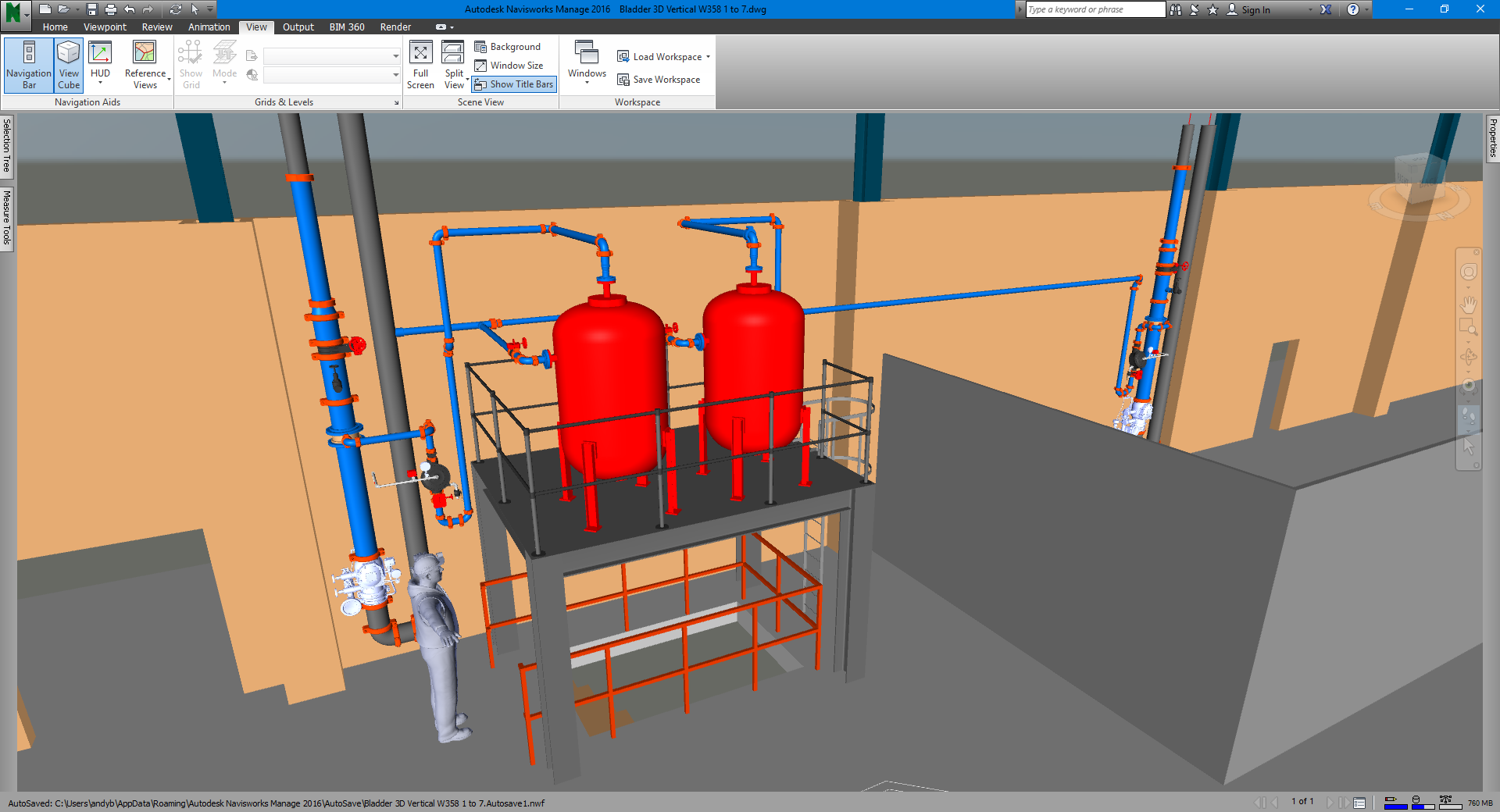Further to an unwanted activation of a Fire Suppression System, Swithland were tasked with undertaking an independent survey of the Deluge Fire Systems within a target group of high risk buildings. These surveys produced a detailed report confirming the number and types of systems installed, the operation of the system and identified any points of failure within the installed systems.
From these findings Swithland were engaged to partner BAE in developing a site wide strategy and detailed design for the upgrade of both deluge detection systems and the delivery of the foam into the risk area.
The project brief was to provide an operational triple knock fire detection system to activate the high-level foam deluge systems considering the current operating envelope of the hangar, the operations undertaken with the hangar and to remove the possibilities of and unwanted activation of the deluge system.
To provide a solution to reduce the quantity of water delivered to the fire area prior to the delivery of foam with consideration to the type of foam in relation to risks and the environmental impact in the event a discharge.
Swithland engaged with specialist manufacturers to develop the design in accordance with NFPA standards & guidance.
The Evaluation of detection types, operation and programmability were all considered with the design progressing using a combination of Flame Detection, Aspirating Detection and Fibre Optic Linear Heat controlling complex cause & effect to provide the optimum solution.
The existing foam type was replaced with a 1%S C6 aqueous film forming foam concentrate (AFFF) having both FM/UL approval, greatly reducing the size of the foam tank allowing the foam to be stored in new localised bladder tanks installed adjacent to each of the valve sets and piped directly into the riser.
Swithland completed the design undertaking full Hydraulic Calculations of the exiting systems determining foam requirements, completed 3D modelling of the proposed scheme to ensure spacial restrictions around the zones valves were realised.

